From Cuba with love: history and poetry meet at the 12th edition of the Havana Biennial
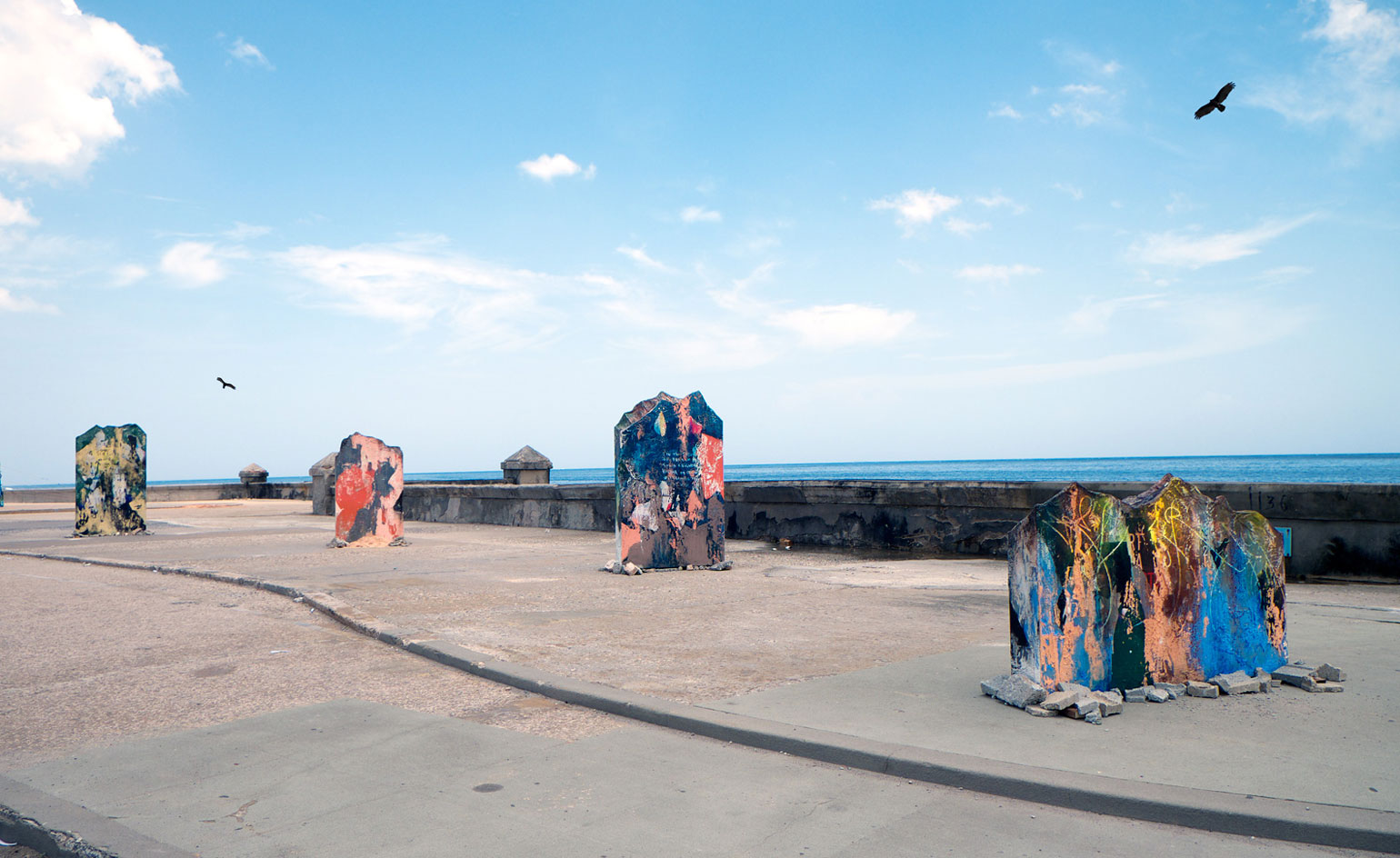
The Havana Biennial may be celebrating its 12th edition this year, but the world's interest in Cuban art (and life) has never been greater. Poised at the threshold of cultural thaw and international commerce, the city of Havana has been transformed into a public exhibition space for the duration of 2015 Biennial, which is now ongoing until 22nd June.
Eschewing a centralised exhibition venue, this year's Biennial permeates Havana's many neighbourhoods, with shows popping up in Old Havana's crumbling 18th century residences, along the Malecón esplanade that traces Havana's waterfront and taking over La Cabaña, a raised fortress built by the Spanish in 1763 to protect Havana from British conquests, amongst others.
'The theme of this year's Biennial is based on a way of thinking and of working with specific communities [in Havana], places that are central to the city and places that might seem separated' says Jorge Fernandez Torres, the Havana Biennial's director. 'It's a transdisciplinary approach that considers the idea and experience of integrating Cuban culture into the art works. Art is not meant to be seen as part of an exhibition, it's about selling it as life.'
While trying to locate and reach the various sites may be challenging to new guests to Havana, these journeys through different parts of the city engulfs visitors like a tight embrace and provides a deeper understanding to the works on arrival. At La Cabaña, a notorious government torture prison that has since been turned into a historical park, arching brick chambers have been installed with paintings and sculptures that comment on contemporary Cuba and its people's state of mind.
In one, the emerging artist Enrique Báster presents mixed media works on canvas that depict aerial views of Havana's topography and landscape, using found construction materials, paper and even currency to add layers of meaning to each piece. In another chamber, Ariamna Contino and Alex Hernandez Dueñas have collaborated to produce a series of intricate paper works entitled 'Camino Al Eden' that comment on the Latin American drug trade. Ranging from drug market statistics and intricately cut depictions of these countries' landscapes, to painted, layered glass works that breakdown the ways that drugs are trafficked, these large scale art pieces carefully consider Cuba's positioning in the surrounding narcotics network.
This year's Biennial also inaugurated a pioneering cultural exchange programme between Cuban artists and a group of Cuban-American artists from Miami. Supported by the Knight Foundation and the Miami-based art collector Jorge Pérez, the year-long program of studio visits and panel discussions intends to create new perspectives on art between Cuba and Miami that go way beyond the ideas of nationality and diaspora.
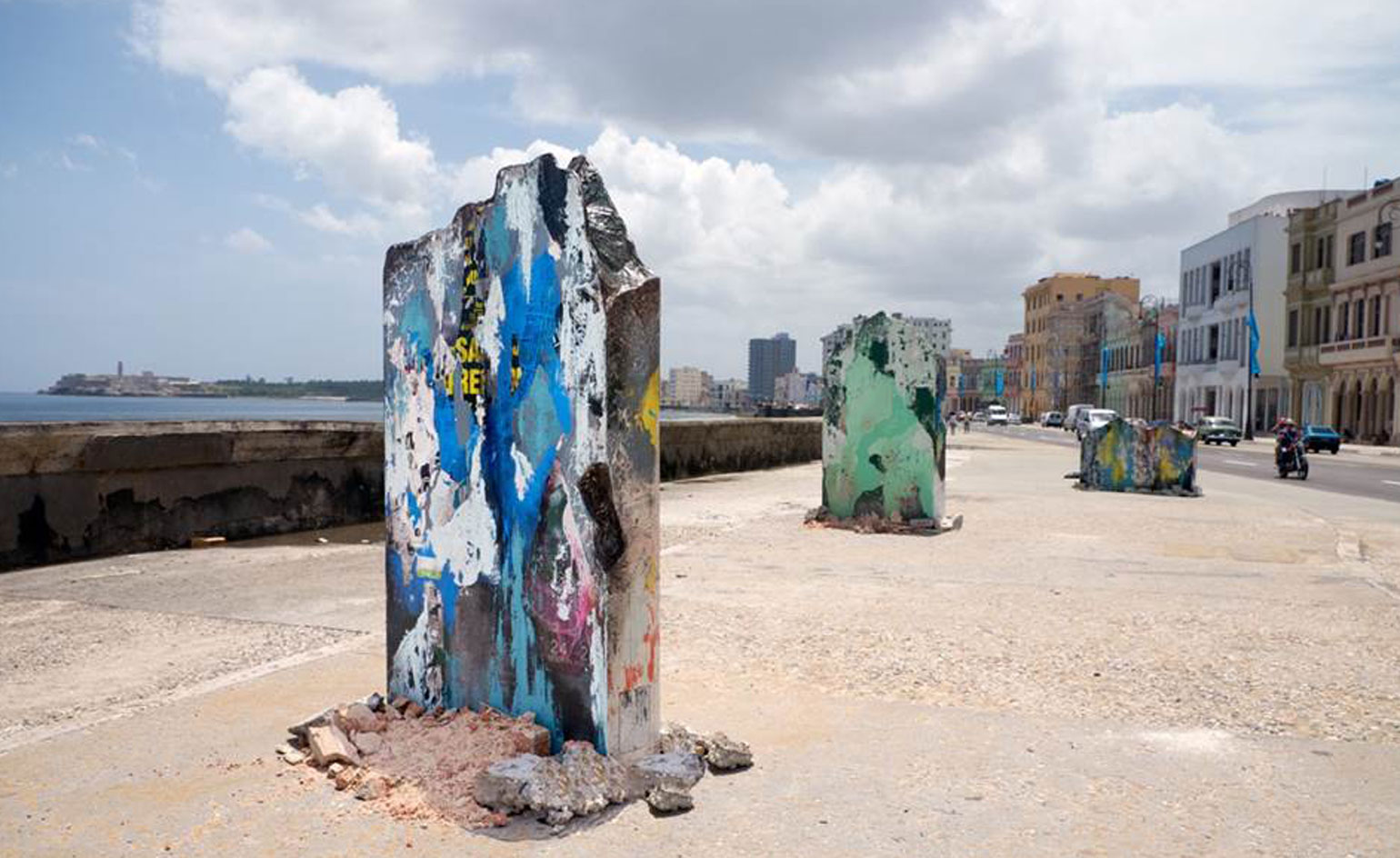
Curated by Juanito Delgado Calzadilla, the exhibition brings together sculptures from José Parlá (pictured), Rachel Valdés and Roberto Fabelo, amongst others
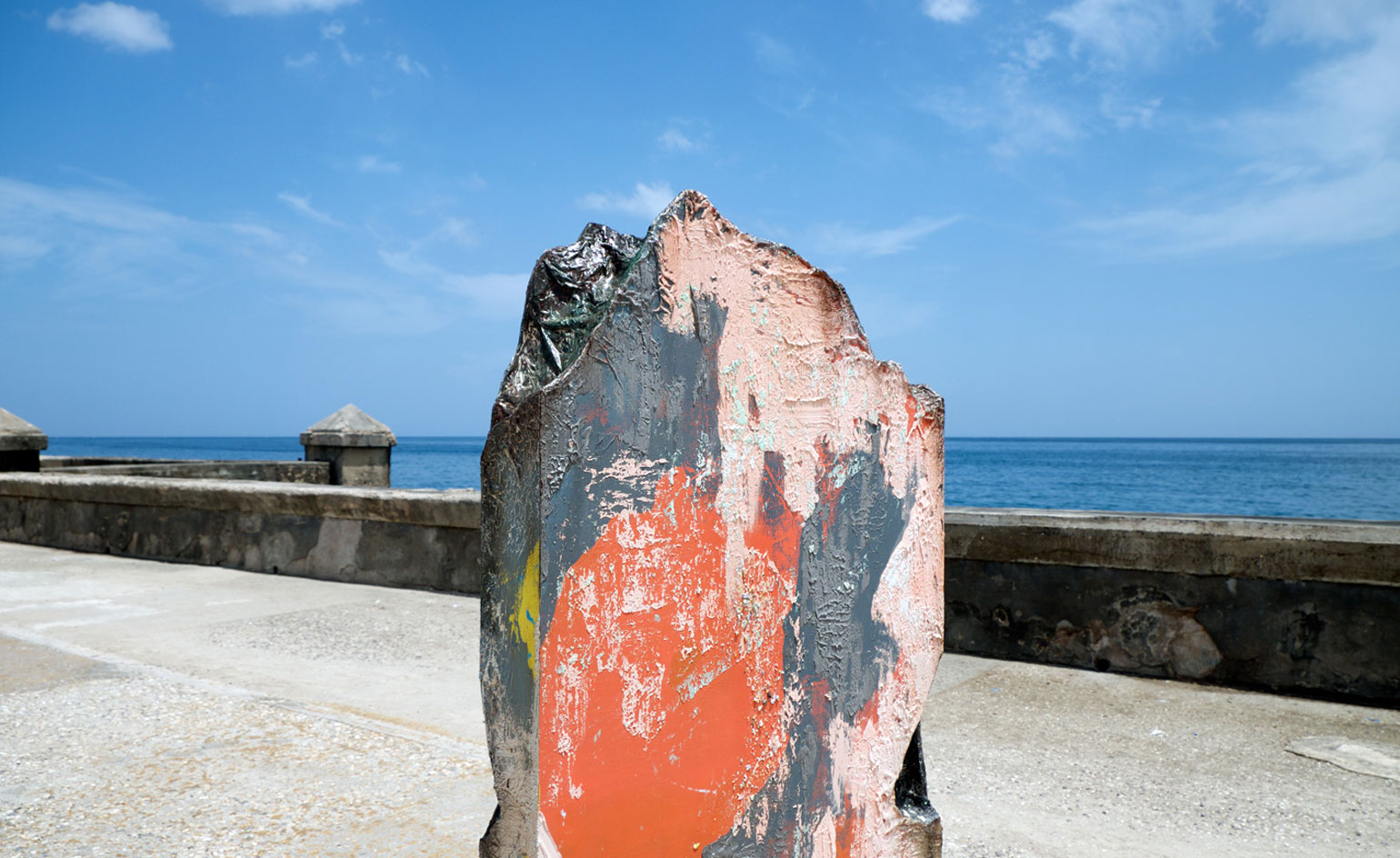
Brooklyn-based artist Parlá says of his consistent wall drawings: 'My earliest paintings were made on walls at night. My thought and impulse behind the gesture was as primitive as that of cavemen marking and drawing in their dwellings to assert their existence in a place and time'
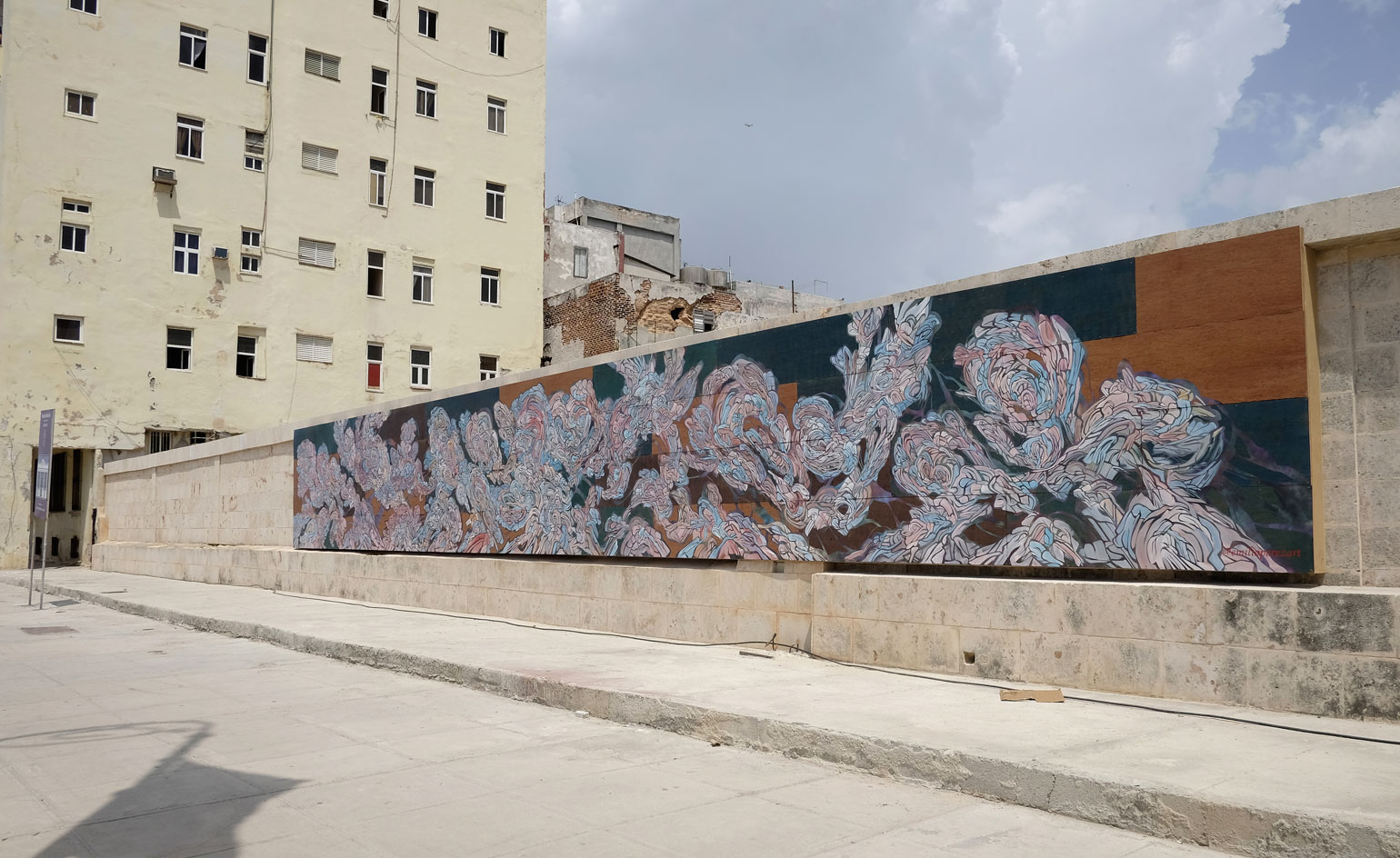
New York based artist Emilio Perez came back to Cuba, his homeland, for the first time since 2001 to participate to the biennial. He created this 20-meter long mural in hommage to José Marti, national hero and crucial figure in Latin American literature
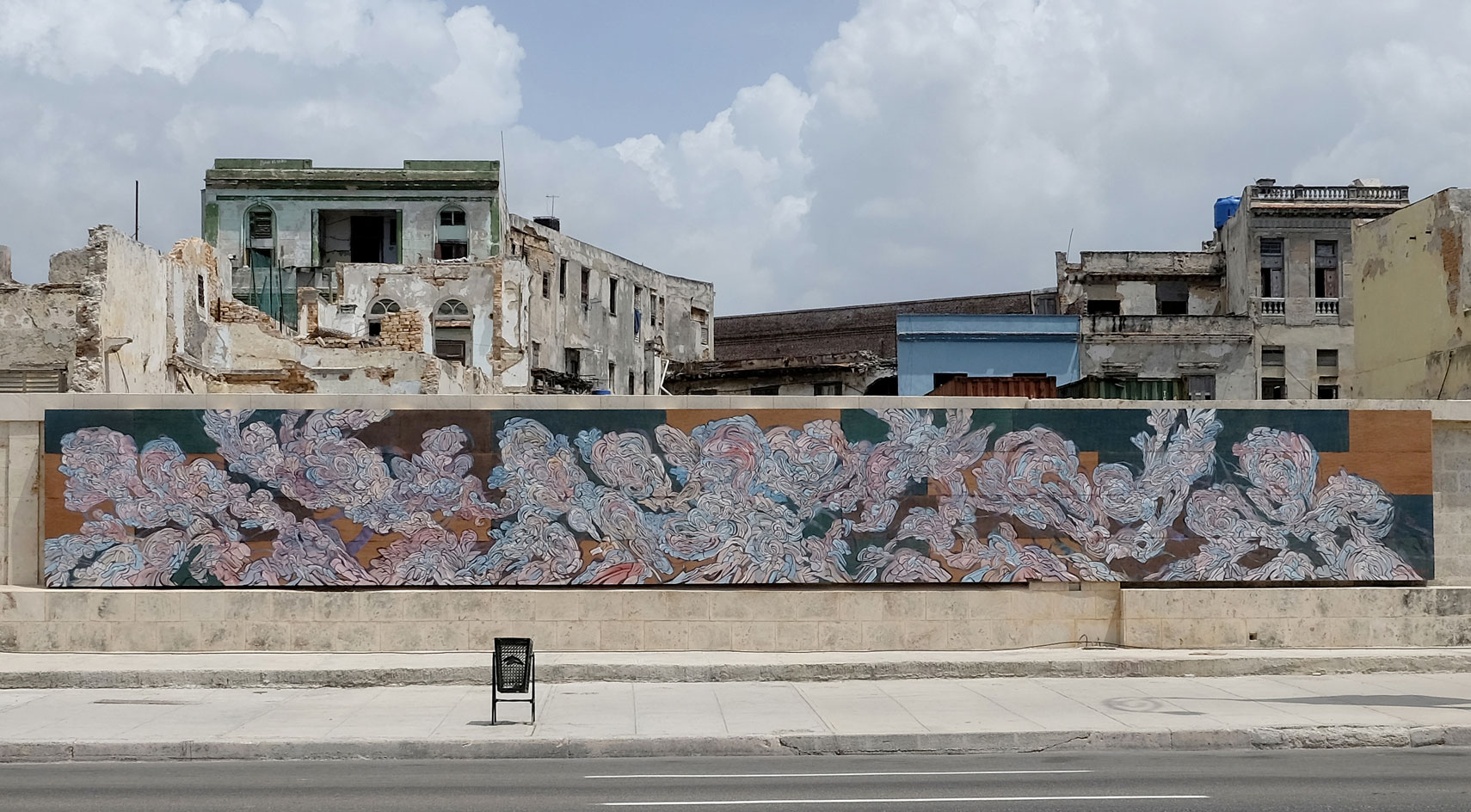
About 'Un Verso Sencillo' (A simple verse), Perez says: '[José] Marti’s verse Si ves un monte de espuma… is a direct reference to the sea which has always been a source of inspiration for me. This time it will directly face my artwork'
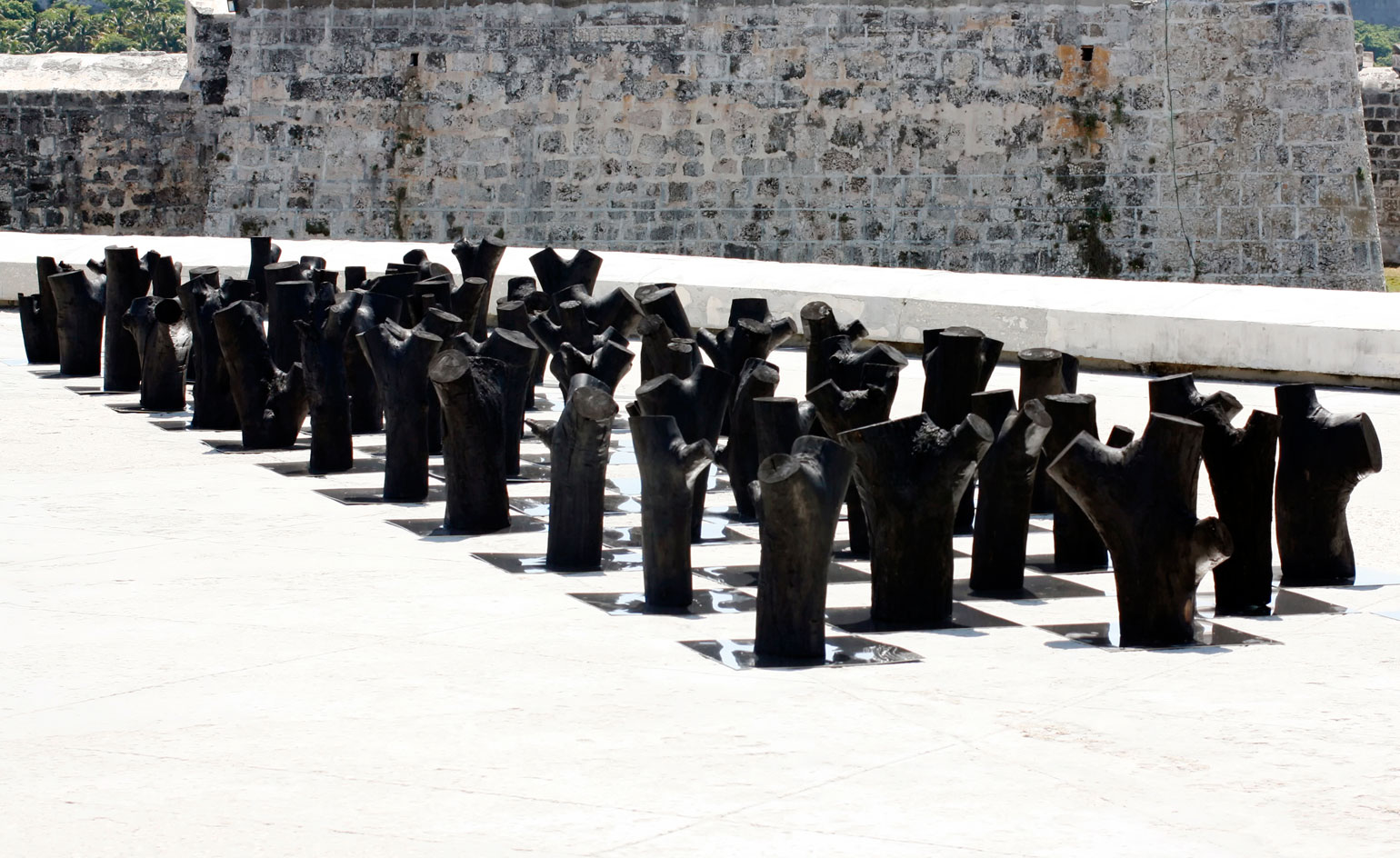
Florencio Gelabert's installation 'Stella' consists of many small black-painted tree trunks placed on a large-scale exchequer
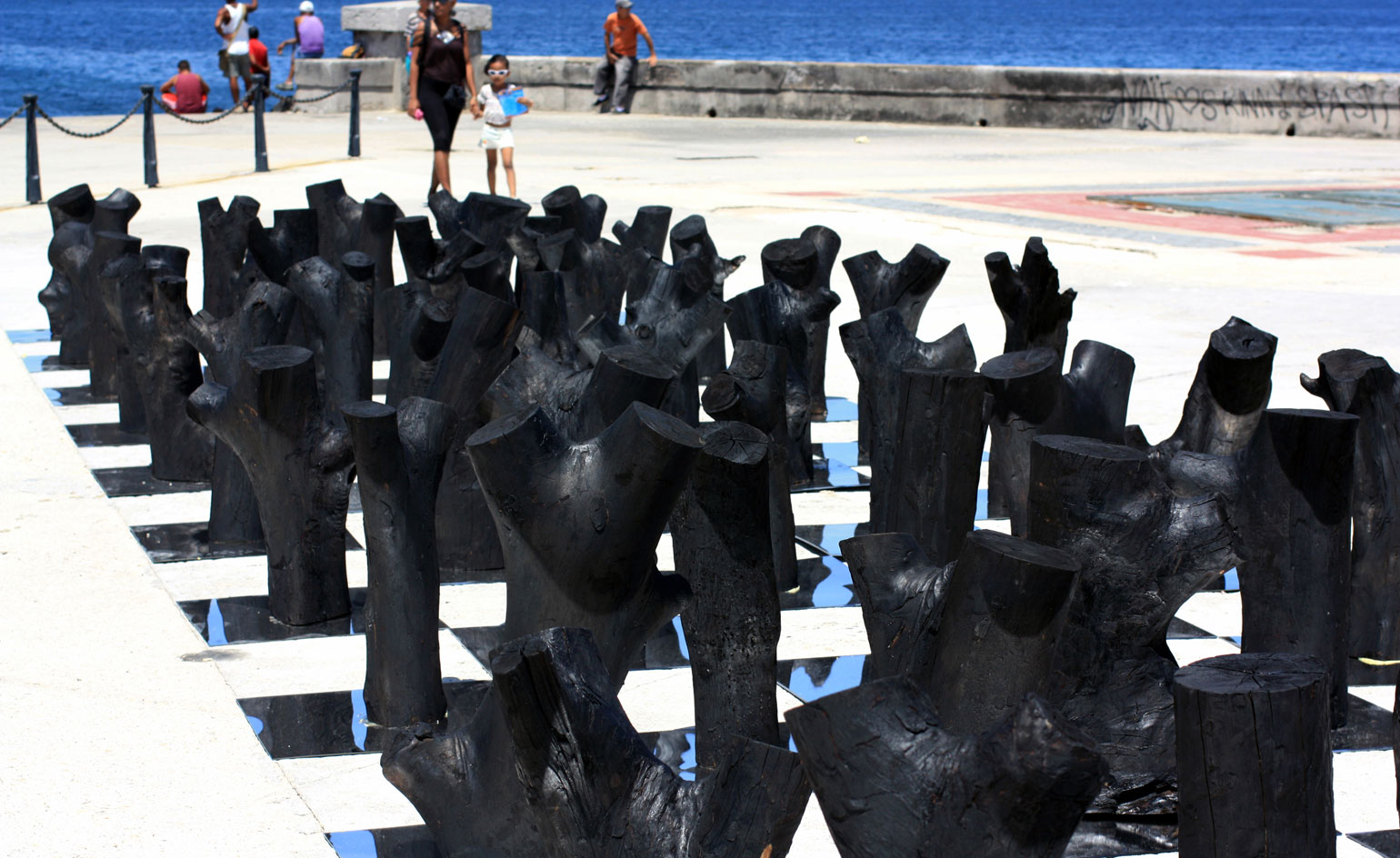
... This myriad of small sculptures falls into the artist's common practice of rendering traditional materials unconventional, and of mixing contradictory concepts such as beauty and destruction
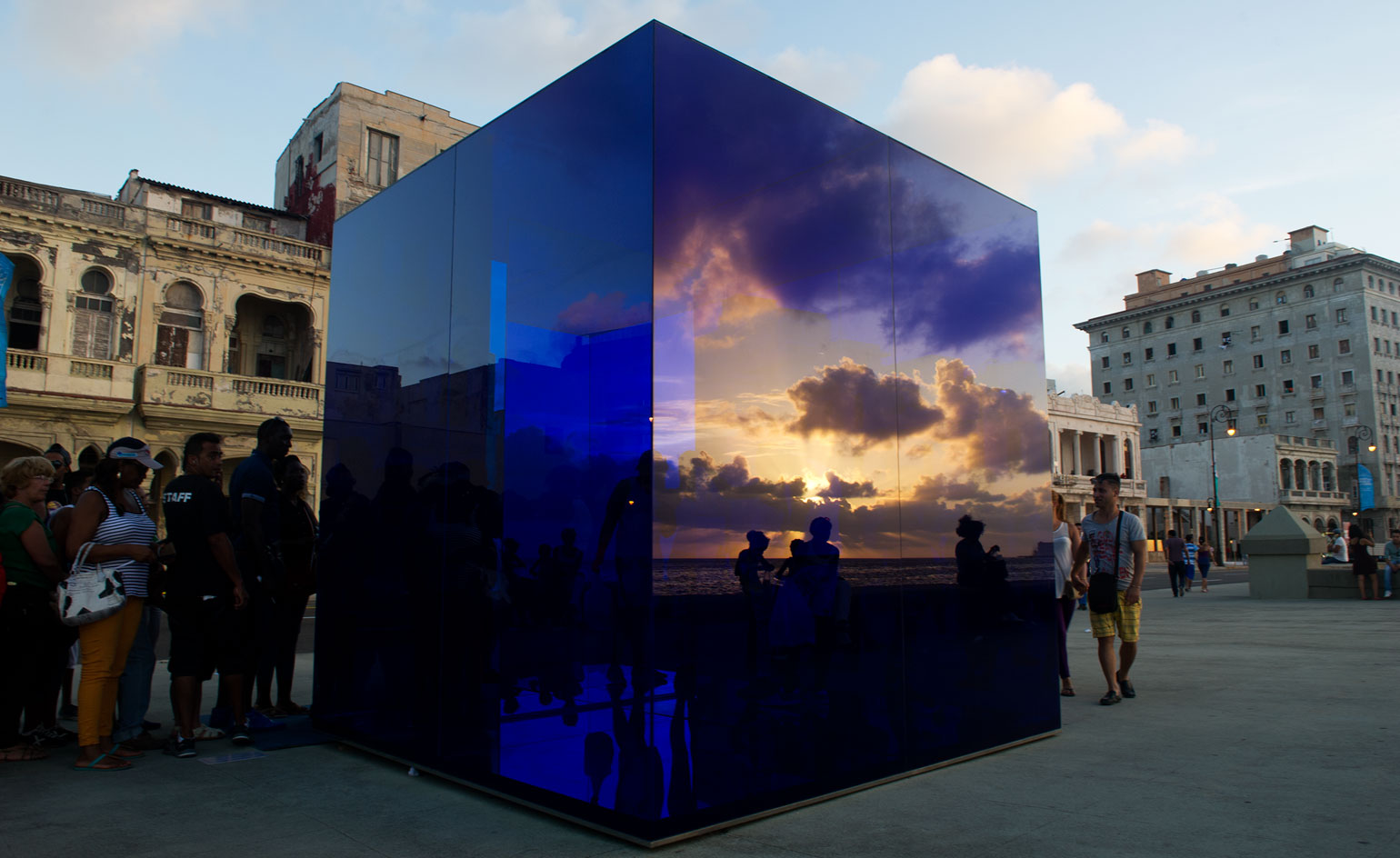
Rachel Pejota's ten-foot cube made of blue stained glass 'Cubo Azul,' in its penetrating colour, performs as a material extension of the sea, or the sky
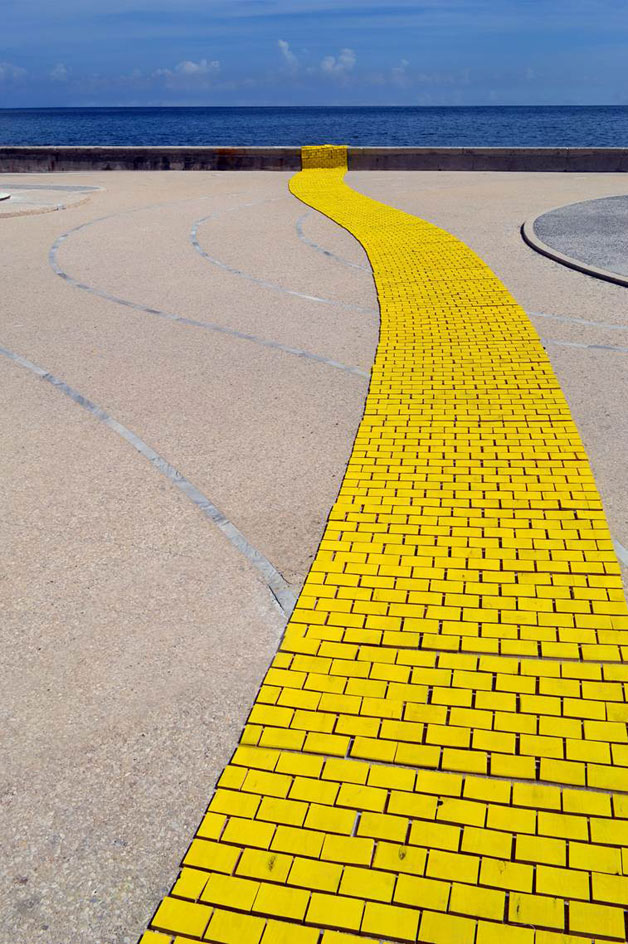
'Lemon way,' imagined and created by Spanish artist Carlos Nicanor whimsically assembles two incongruous and incompatible realities: the remains of an abandoned bank headquarter (invisible in this picture), and the sea. In other words, he creates a connection between the epitome of a social product, and untouchable, unalterable elements of nature
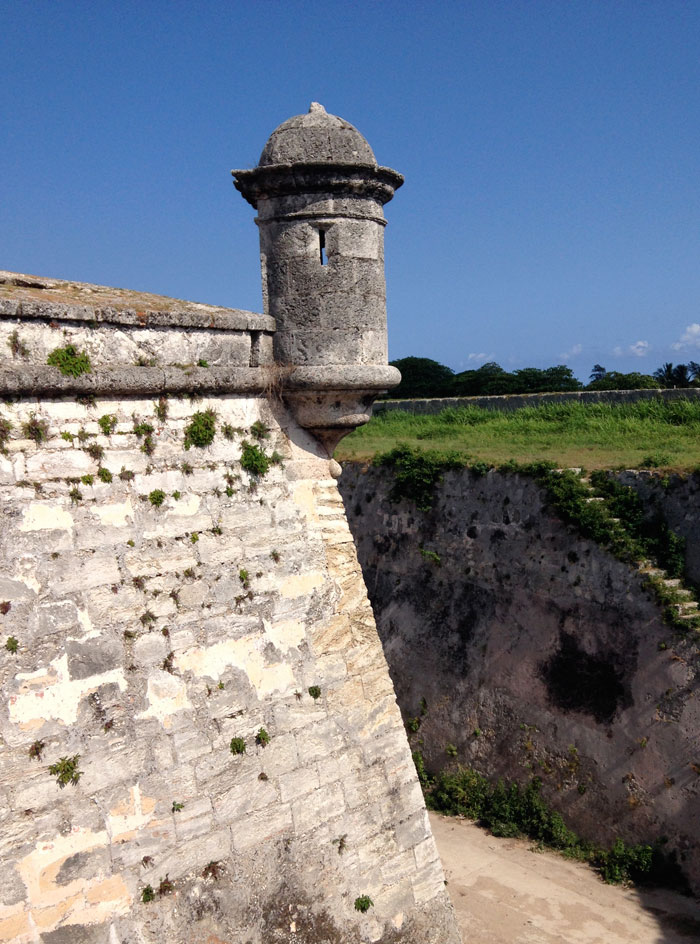
Part of the Havana Biennial are also 'interior' works, placed in an unconventional space. La Cabaña, former government torture prison now turned into a historical park, houses the works of Ariamna Contino, Alex Hernandez Dueñas and Enrique Báster
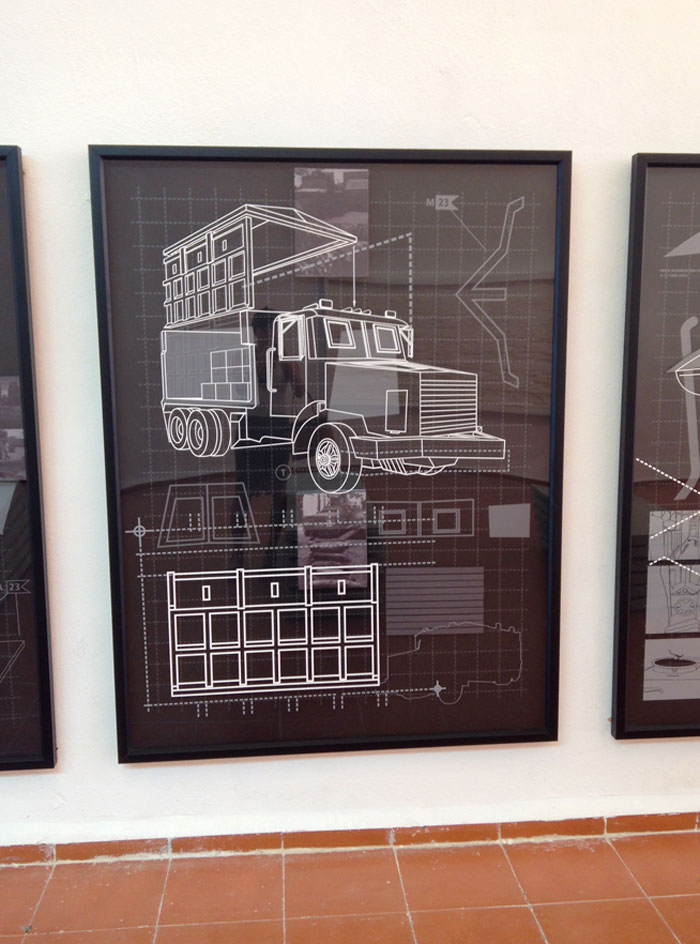
Alex Hernández Dueñas' series 'Camino al Eden' inspects and portrays the contextual surroundings of the drugs market in Latin America. Pictured here is a smuggling truck with minutious geographical plans
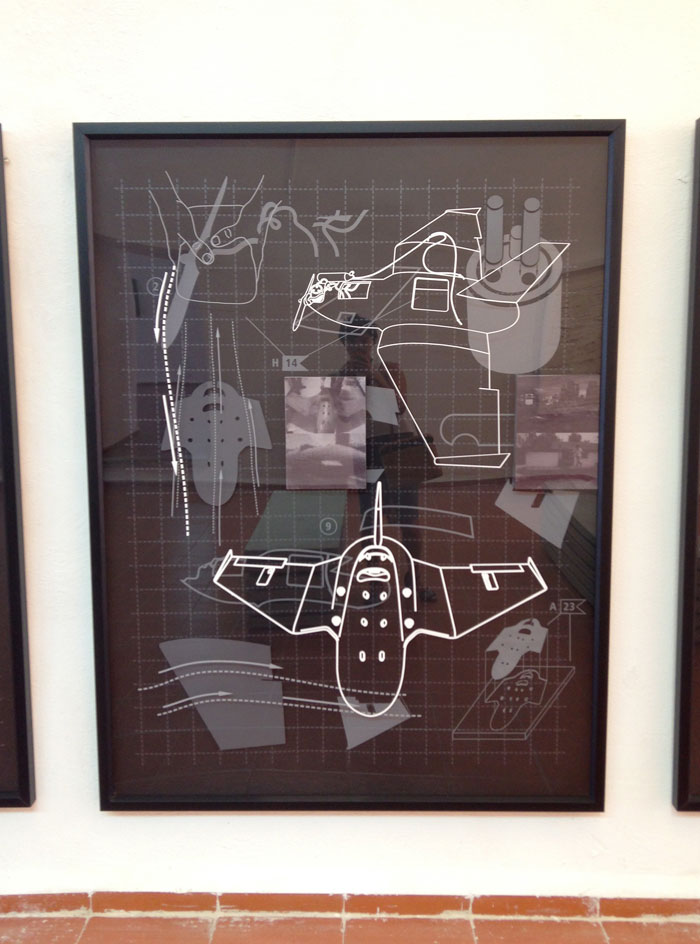
Illustrated in a format similar to that of a user guide, Hernández's digital drawings and meticulous statistics consider Cuba's positioning in the narcotics network
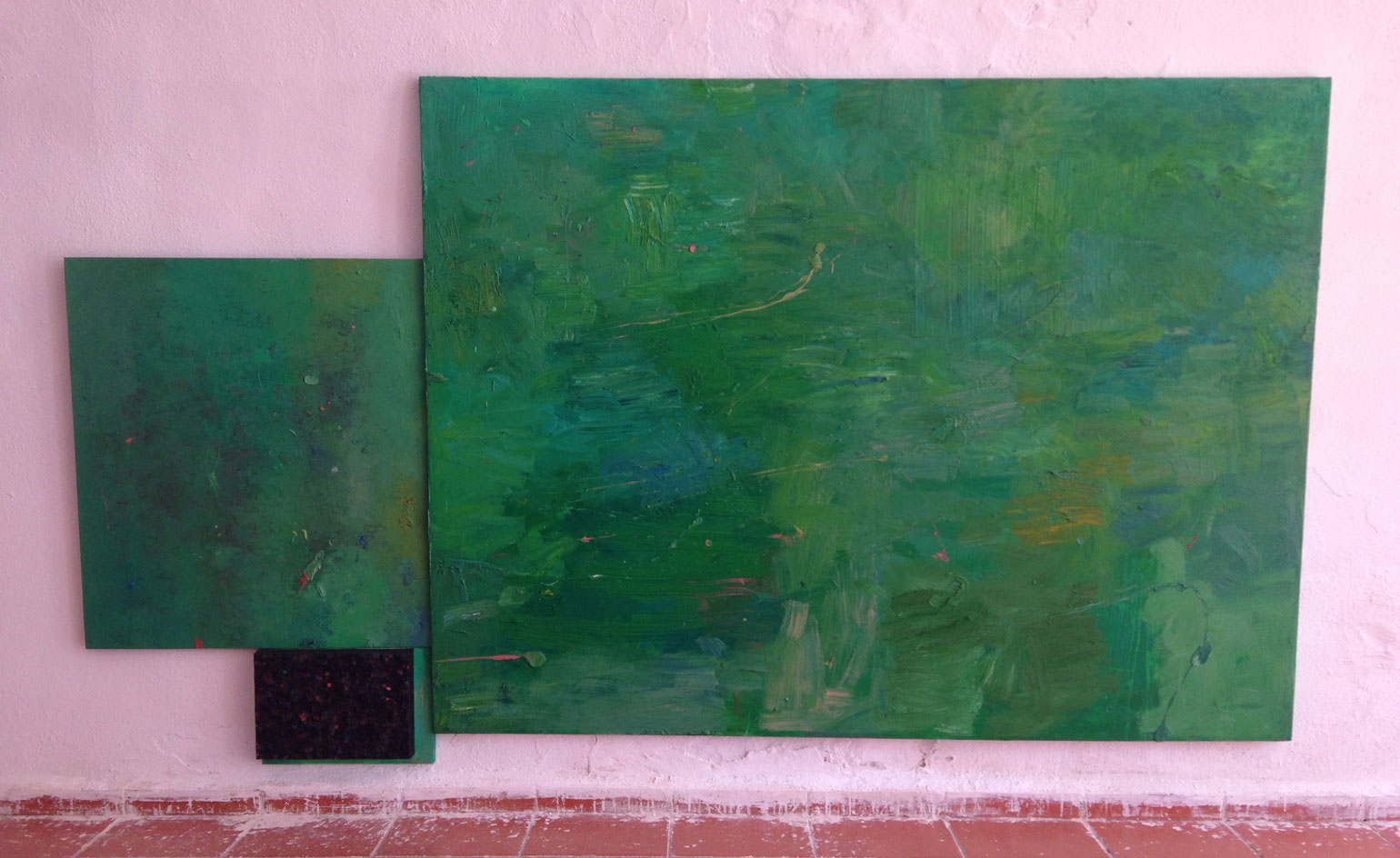
The up-and-coming Cuban artist Enrique Báster's mixed-media works depict aerial views of Havana's landscape and topography; using and layering rough-textured materials
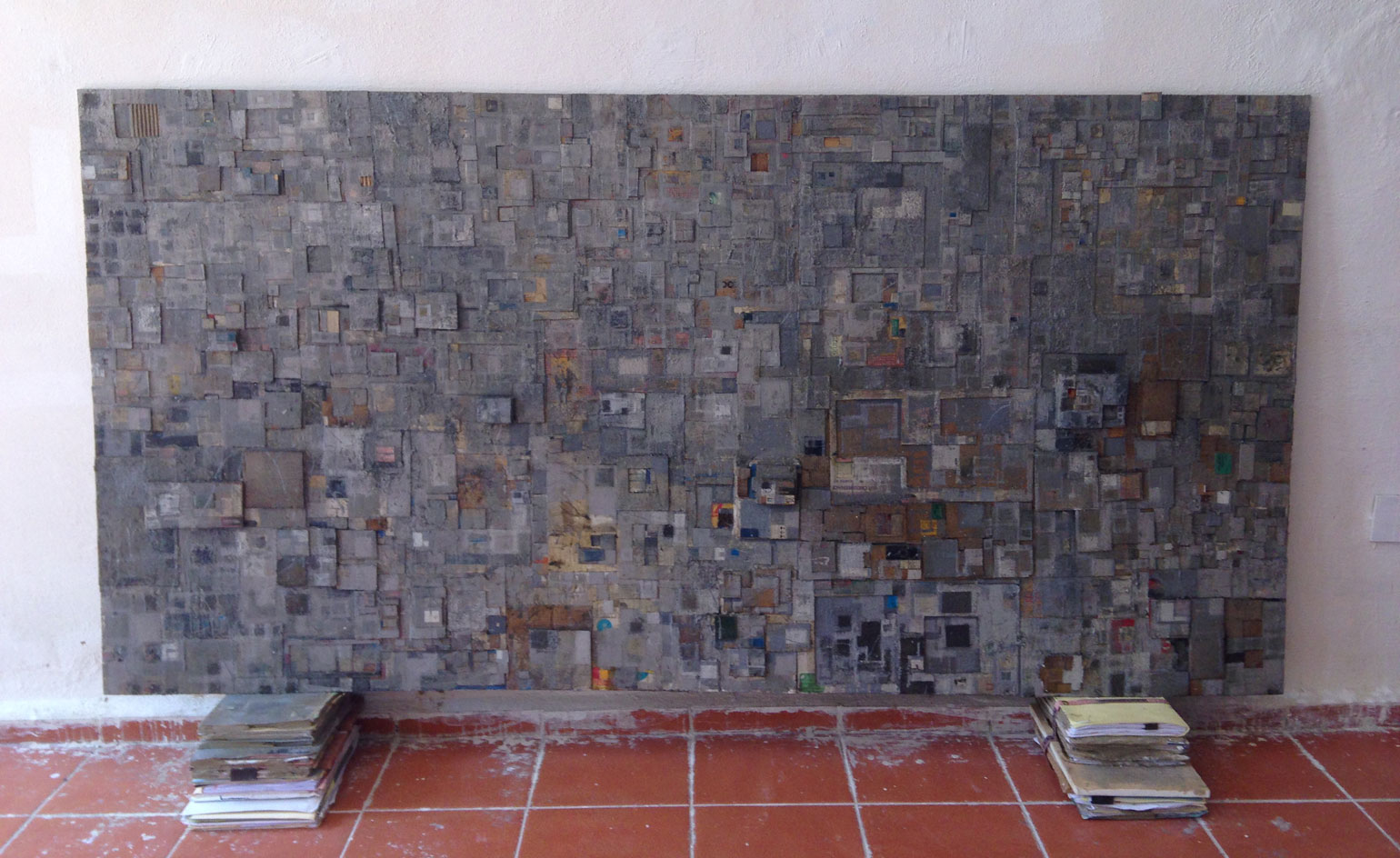
In this work entitled 'Lost City' for instance, Báster makes use of cardboard, dust powder, nail polish, sand, cement, metal and plywood
ADDRESS
San Ignacio 22
Esq. Empedrado
Habana Vieja
Cuba
Wallpaper* Newsletter
Receive our daily digest of inspiration, escapism and design stories from around the world direct to your inbox.
Pei-Ru Keh is a former US Editor at Wallpaper*. Born and raised in Singapore, she has been a New Yorker since 2013. Pei-Ru held various titles at Wallpaper* between 2007 and 2023. She reports on design, tech, art, architecture, fashion, beauty and lifestyle happenings in the United States, both in print and digitally. Pei-Ru took a key role in championing diversity and representation within Wallpaper's content pillars, actively seeking out stories that reflect a wide range of perspectives. She lives in Brooklyn with her husband and two children, and is currently learning how to drive.
-
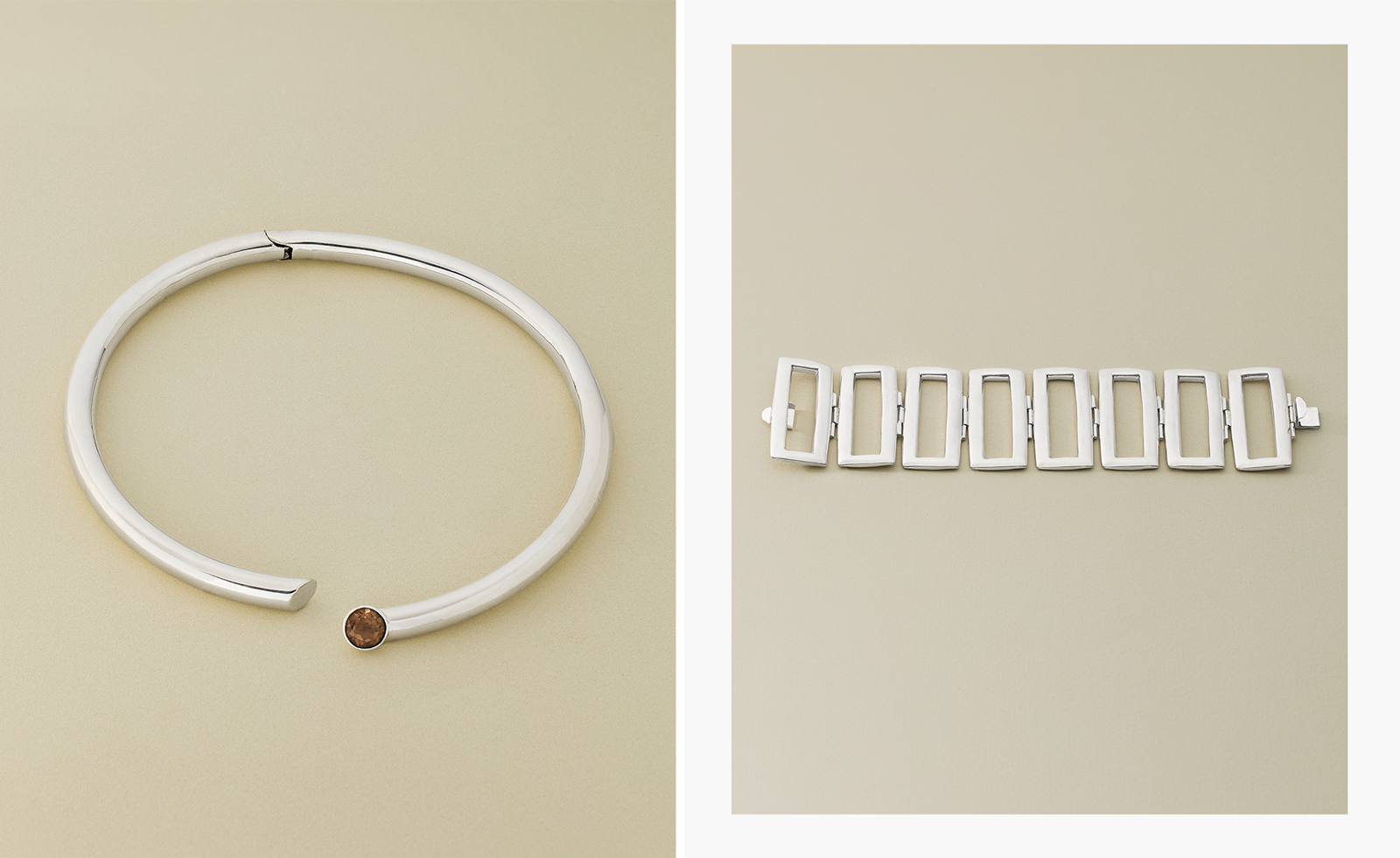 Nina Runsdorf brings classic jewellery back to life to mark 20 years
Nina Runsdorf brings classic jewellery back to life to mark 20 yearsNew York-based jewellery designer Nina Runsdorf celebrates her eponymous brand’s anniversary with a new jewellery collection, ‘Archive’
By Hannah Silver
-
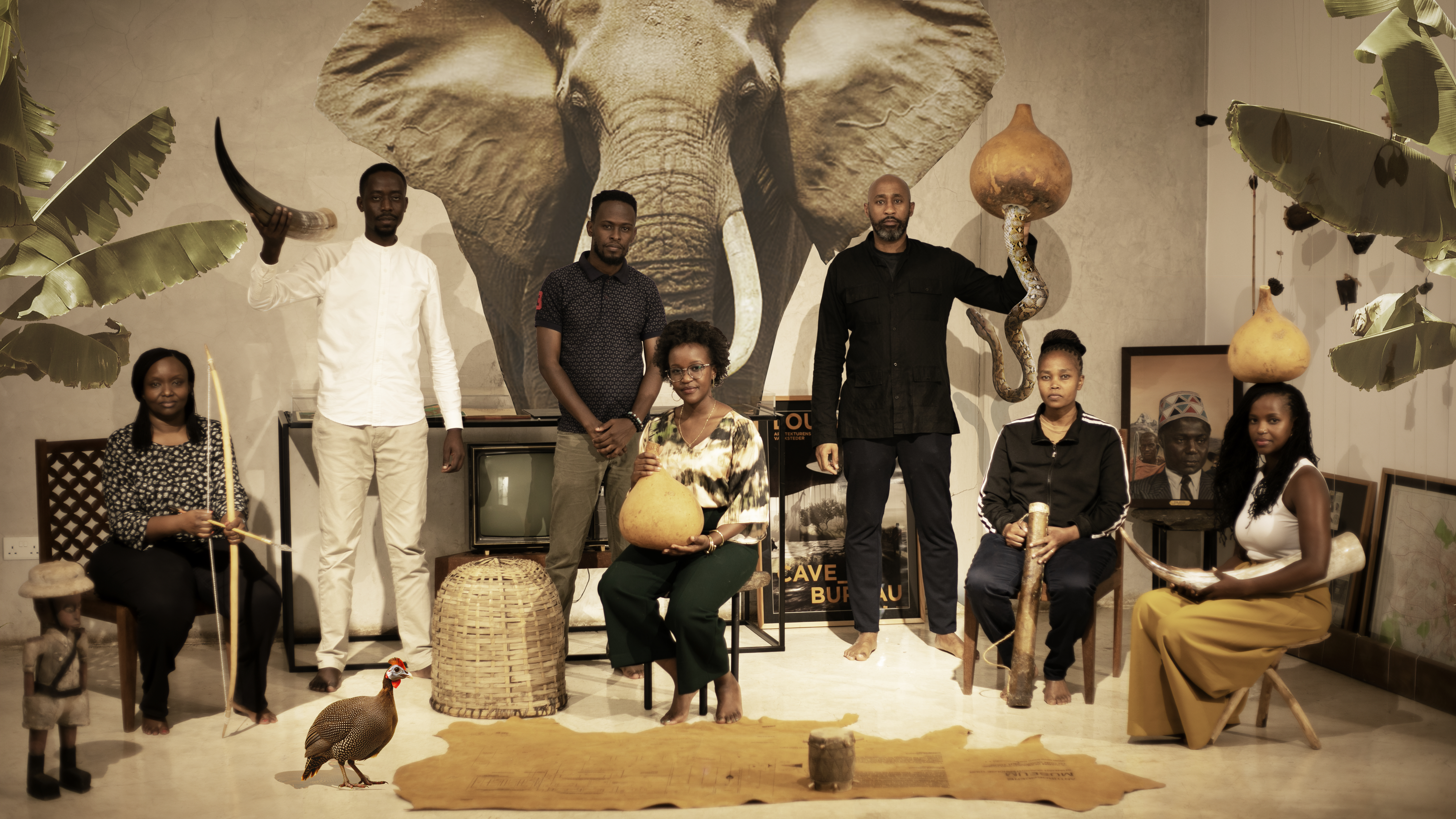 Enter the world of Cave Bureau, and its architectural and geological explorations
Enter the world of Cave Bureau, and its architectural and geological explorationsNairobi practice Cave Bureau explores architecture’s role in the geological afterlives of colonialism, as part of a team exhibiting at the British pavilion at the Venice Architecture Biennale 2025
By Marwa El Mubark
-
 All-In is the Paris-based label making full-force fashion for main character dressing
All-In is the Paris-based label making full-force fashion for main character dressingPart of our monthly Uprising series, Wallpaper* meets Benjamin Barron and Bror August Vestbø of All-In, the LVMH Prize-nominated label which bases its collections on a riotous cast of characters – real and imagined
By Orla Brennan
-
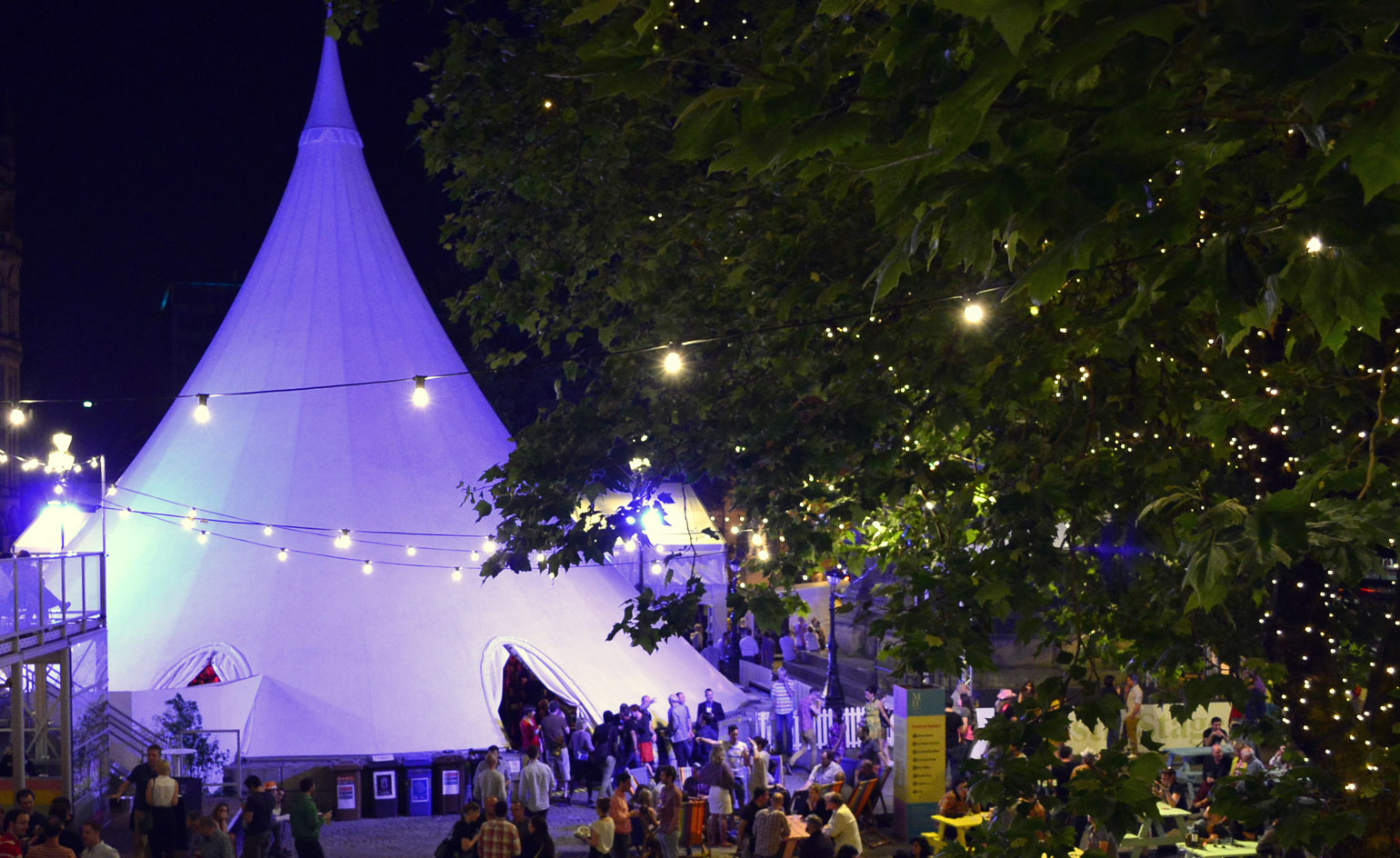 High five: Manchester International Festival shines in the spotlight
High five: Manchester International Festival shines in the spotlightBy Ellen Himelfarb
-
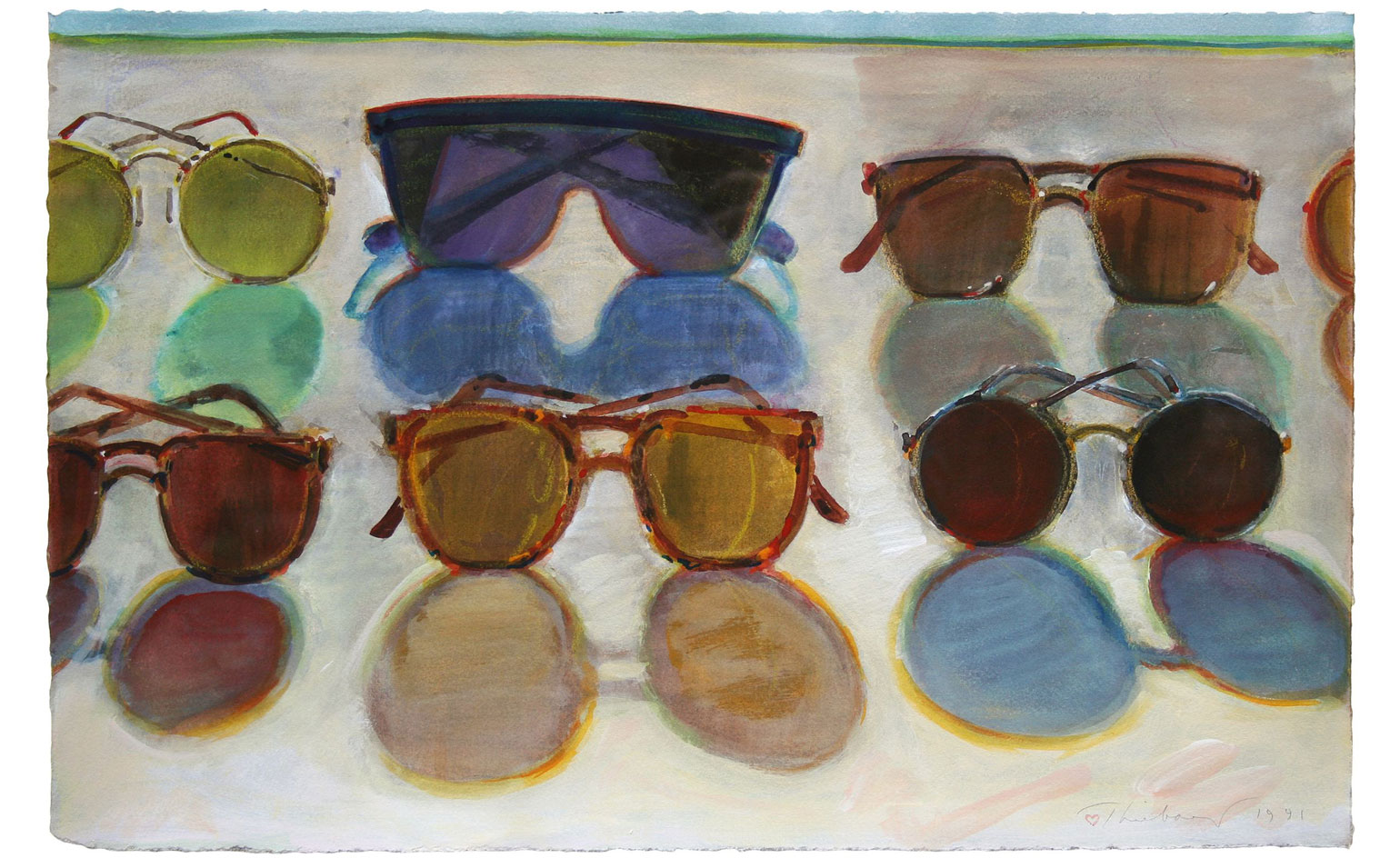 The final frontier: inaugural Seattle Art Fair to open this month
The final frontier: inaugural Seattle Art Fair to open this monthBy Tom Howells
-
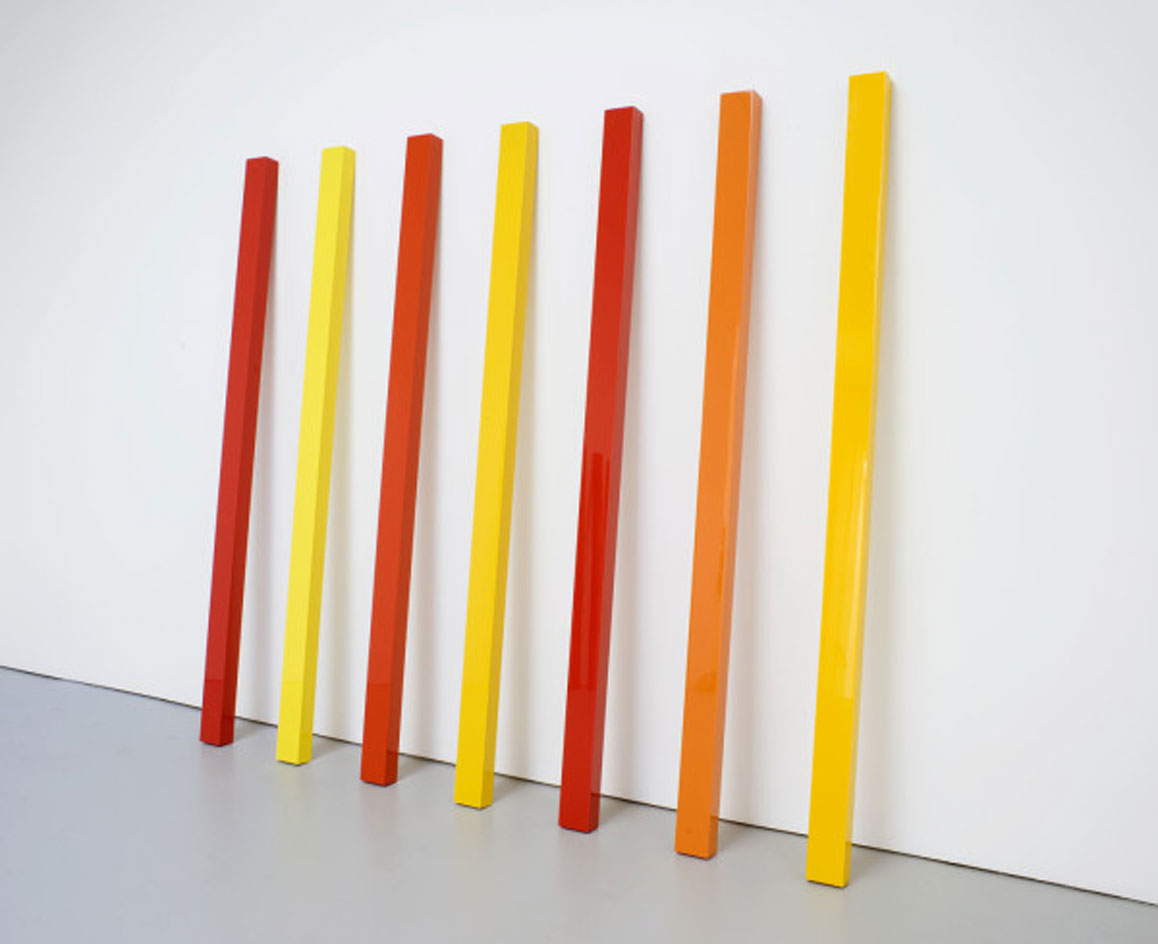 Playing fair: a round up of the best of Frieze New York 2015
Playing fair: a round up of the best of Frieze New York 2015By Stephanie Murg
-
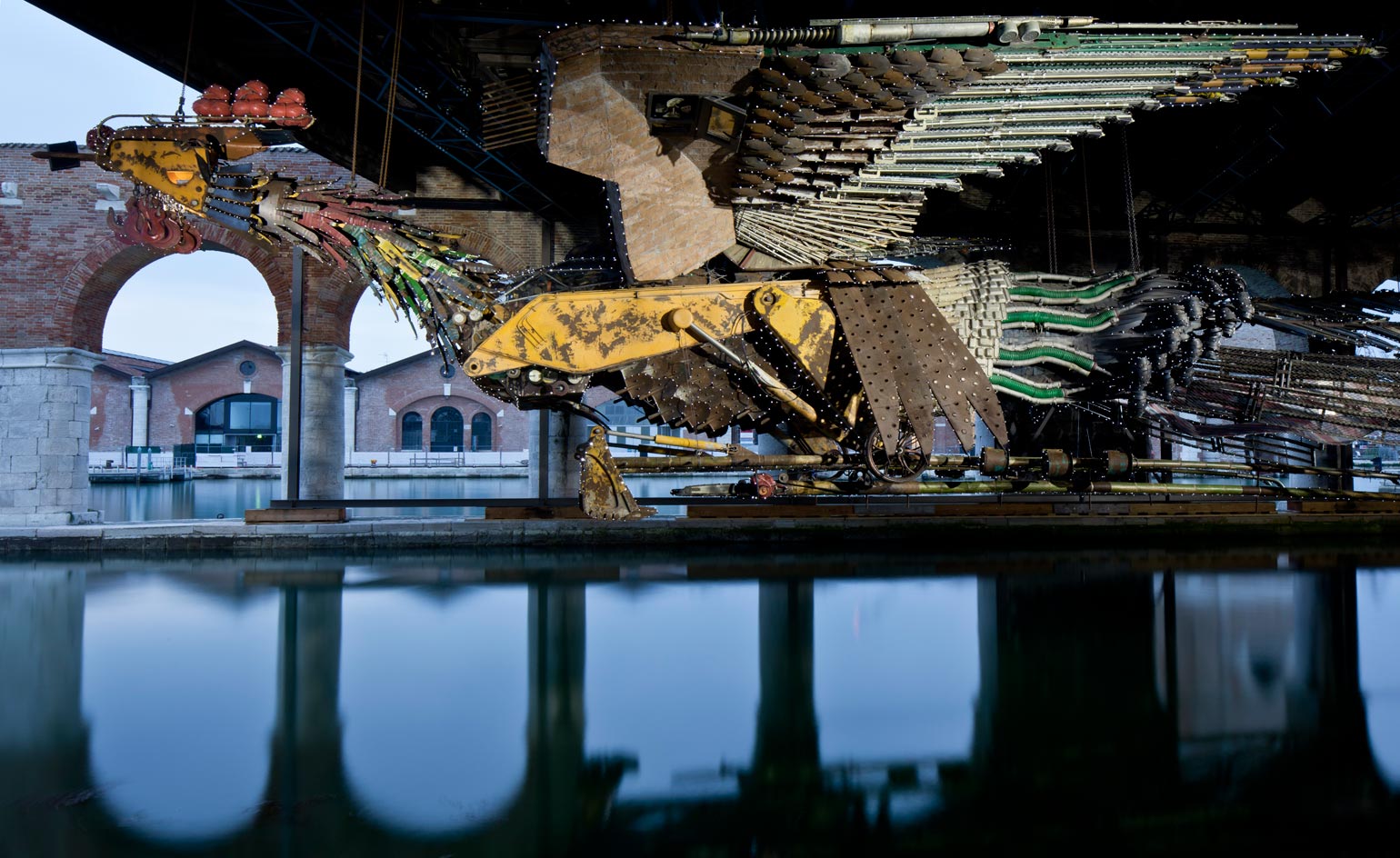 All the World's Futures: the blazing Venice Biennale packs some heat
All the World's Futures: the blazing Venice Biennale packs some heatBy Ossian Ward
-
 Paris Photo Los Angeles takes over the sets at Paramount Pictures Studios
Paris Photo Los Angeles takes over the sets at Paramount Pictures StudiosBy Stephanie Murg
-
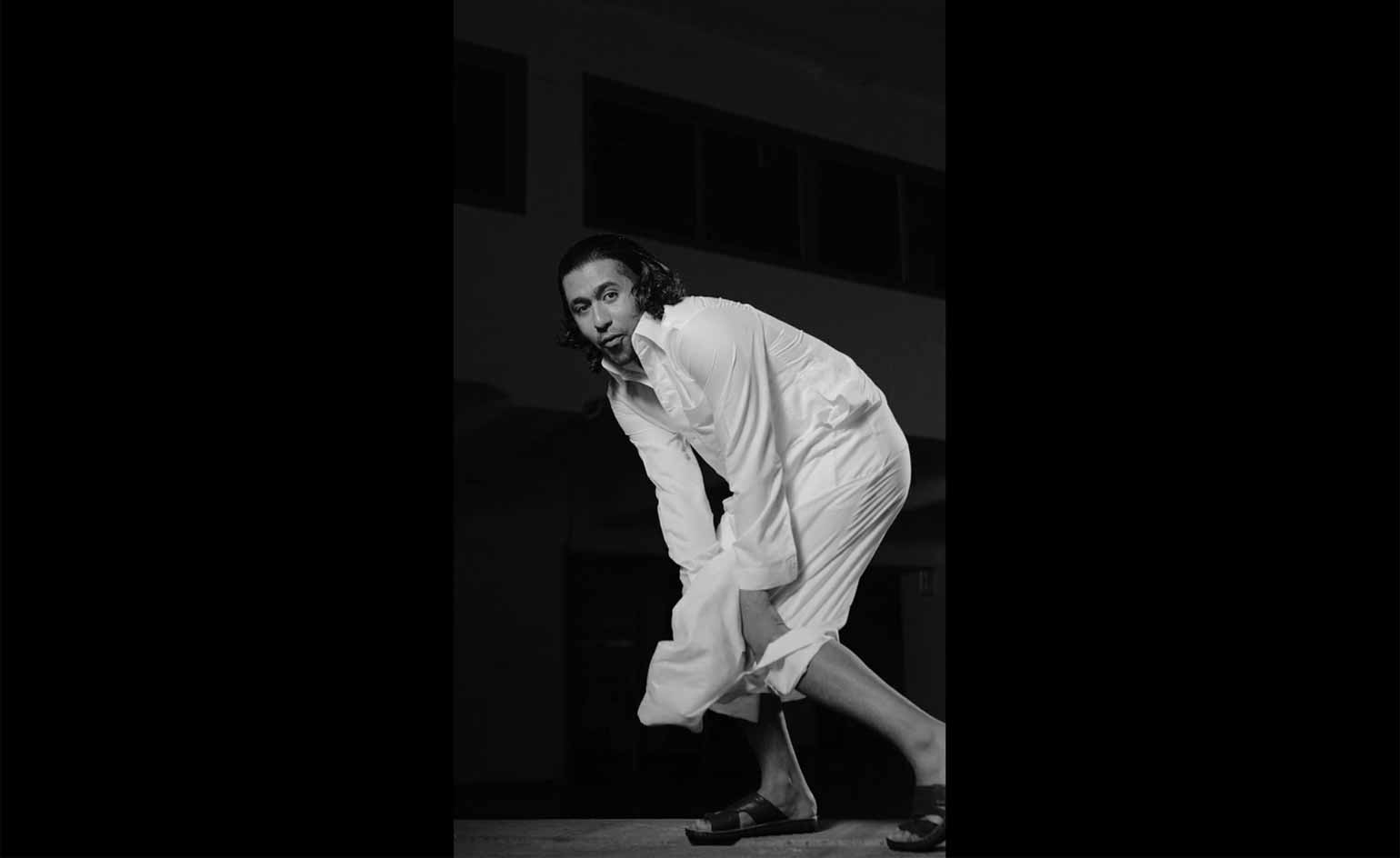 Nudity, humour and politics: Art Dubai 2015 delights and surprises
Nudity, humour and politics: Art Dubai 2015 delights and surprisesBy Suzanne Trocmé
-
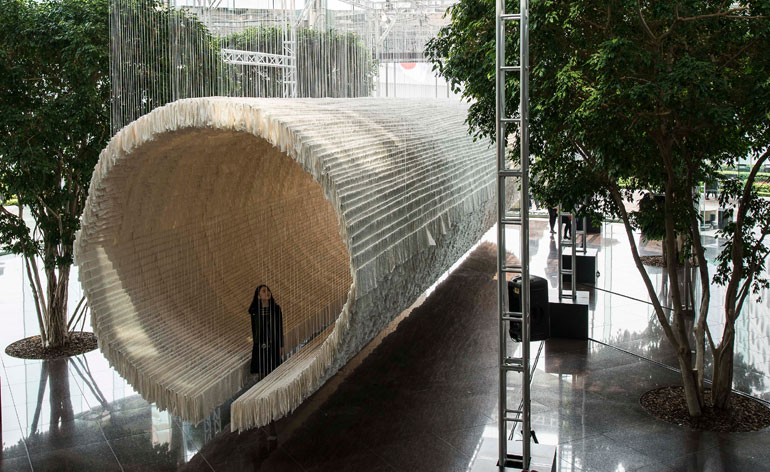 Light shows and pink feathers: how Art Basel 2015 took over Hong Kong
Light shows and pink feathers: how Art Basel 2015 took over Hong KongBy Catherine Shaw
-
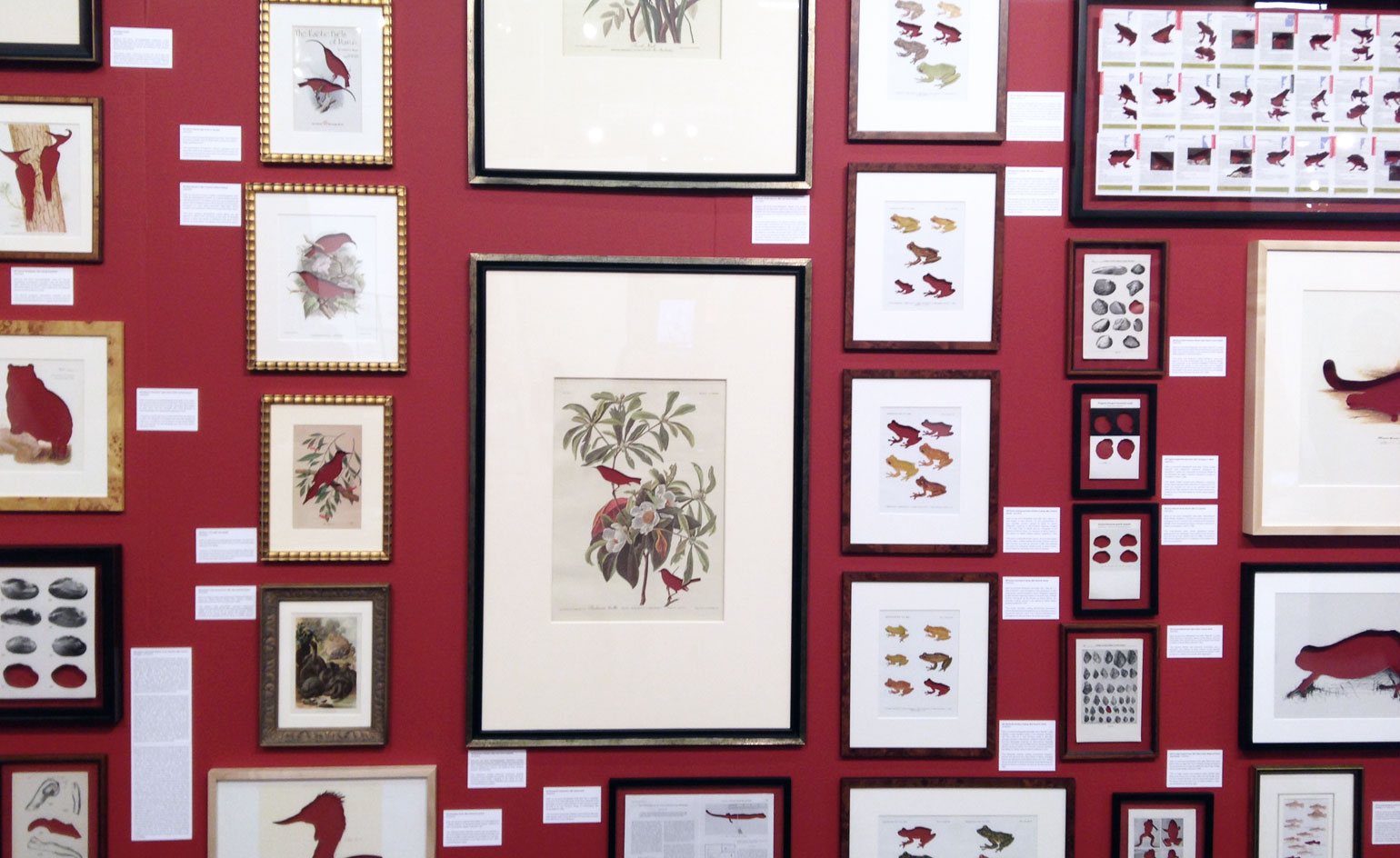 New York’s Armory Show hots up with Middle East and North Africa focus
New York’s Armory Show hots up with Middle East and North Africa focusBy Pei-Ru Keh